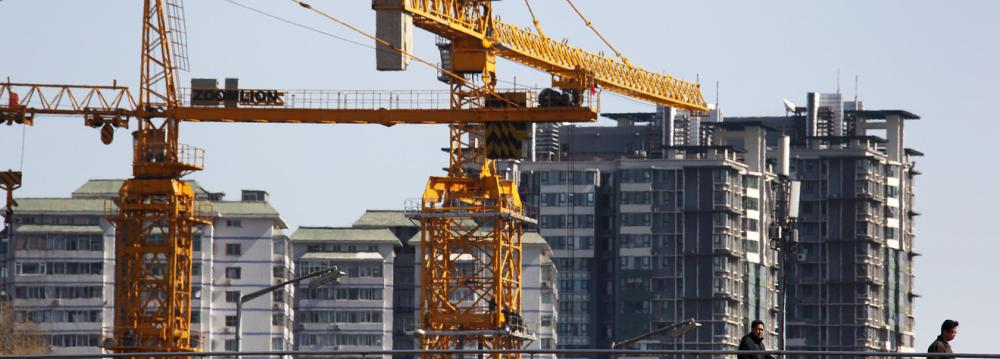China’s securities market regulator has opened an investigation into suspected market manipulation, in the latest in Beijing’s increasingly desperate attempts to head off a potential stock market crash that could damage an already slowing economy.
After a slump of more than 20% in Chinese stocks since mid-June, the China Securities Regulatory Commission has set up a team to look at “clues of illegal manipulation across markets”, Reuters reported.
The China Daily newspaper said on Friday the CSRC was probing investors who used stock index futures to shorten the market.
On Thursday, Shanghai’s benchmark composite index slumped below 4,000 points for the first time since April–a key support level that analysts had expected Beijing to defend. It had more than doubled over the last year, fueled in large part by speculators using borrowed money to bet on shares.
“This is happening against an (economic) growth backdrop that continues to look soft, as illustrated by the flat manufacturing survey this week,” noted analysts at Barclays. “With growth data still soft, China remains a key uncertainty for the global outlook.”
Slide in Prices
Weakness in Chinese demand was blamed for a steep 8% slide in prices for iron ore on Thursday. A sixth straight session of declines dragged the price for the steel-making mineral to a 10-week trough at $55.80 a ton.
The retreat comes amid booming supply of the ore with Australian shipments from Port Hedland hitting record highs in June. The long decline in iron ore prices has been a major blow to profits and incomes in Australia as the mineral is its single biggest export earner.
Beijing has been struggling since the weekend to find a policy formula that would restore confidence to the stock markets.
So far, rapid fire steps including easing monetary policy, encouraging more pension funds to invest in stocks and cutting transaction costs have failed to stem the rout.
The CSRC has also relaxed rules on using borrowed money to speculate on stock markets, letting brokerages set their own tolerance level on margin calls and allowing the roll-over of margin lending contracts.
China is due to release second-quarter gross domestic product data on July 15 and many economists expect growth to dip below 7%, which would be the weakest performance since the global financial crisis.
Growth Declines
China’s economy showed signs of flagging in June, with gauges of factory activity missing market expectations and suggesting weakening momentum in the world’s second-largest economy.
Economists said more stimulus policies, especially fiscal measures such as more tax breaks and infrastructure spending, are needed to prop up growth, which they said likely continued to slow during the second quarter of the year.
China’s official manufacturing purchasing managers index remained at 50.2 in June, the same as in May, the National Bureau of Statistics said Wednesday. The reading stood above 50, the level which separates expansion from contraction, but it missed the median 50.4 forecast from a Wall Street Journal poll of 11 economists.
A competing index by HSBC and research firm Markit, also released Wednesday, rose to 49.4 in June from 49.2 the previous month, but came in lower than a preliminary reading of 49.6 reported a week ago.
The lackluster readings follow the recent release of other statistics from trade to industrial profits that portray an economy struggling to find its feet. A bright spot for much of the year, the country’s stock markets have tumbled over the last two weeks, adding to uncertainty about the economy.
“We are concerned that the second-quarter economic growth might miss the government bottom line of 7%,” said ANZ economist Zhou Hao. “Fiscal policy should take the driver’s seat to help restore market confidence over the economic outlook.”


